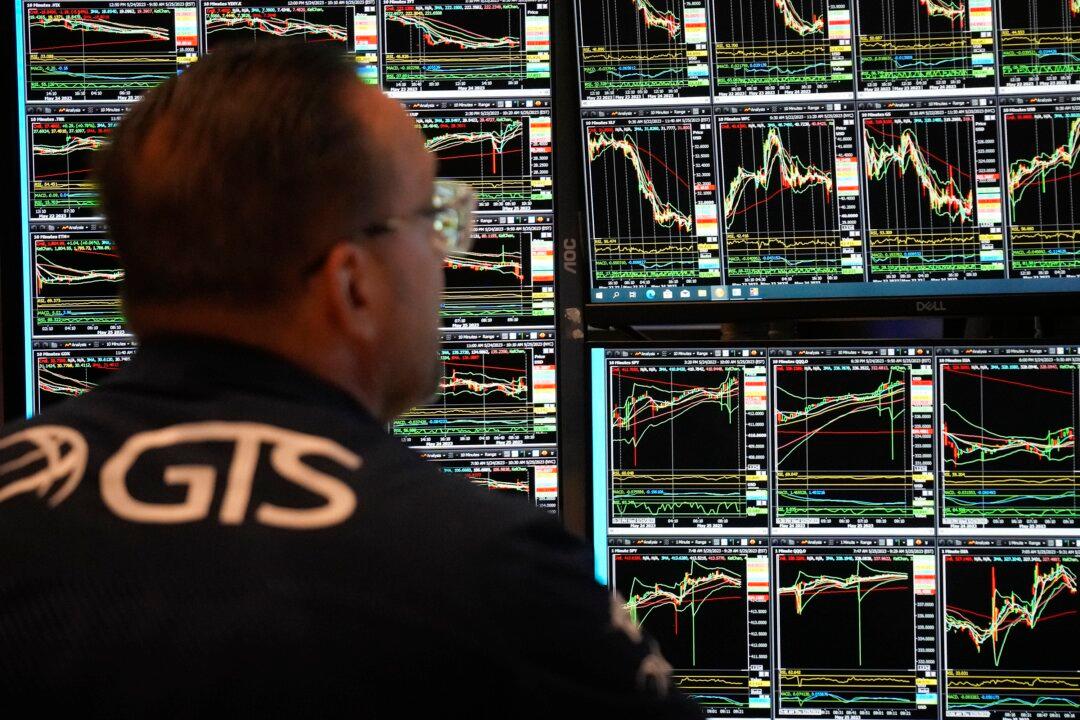Commentary
At the risk of sounding like a market curmudgeon, we must warn that the debt-ceiling deal agreement is a double-edged sword.

At the risk of sounding like a market curmudgeon, we must warn that the debt-ceiling deal agreement is a double-edged sword.